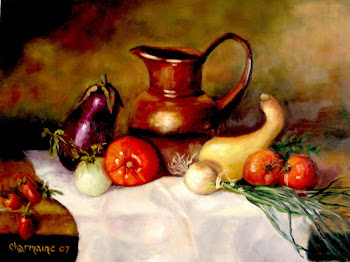Twenty years ago or so I read “The Giant Joshua” by Maurine Whipple. It is a story that speaks to my heritage because it is about the settling of St. George. The first Mormon convert in my family was Jacob Hamblin and he was there on the front lines of this pioneering experience. Jacob wanders in out of the pages of the story but it is not about him. It is about a young girl who arrives in the first wave of this desert settlement, 17 years old and the third wife in a polygamist marriage. This week I read the book again and I know that it will take a few weeks to recover from the emotions I have experienced reading this story again.
Some years ago, when Eugene England was still teaching at BYU, he taught a class at Education week about the book. I was lucky enough to be there. I have never forgotten what he said, that the book was the most beautiful Mormon fiction ever written--I would say this assessment still holds. I recall him reading a passage, typical of many wonderful images from the book:
There before them, carpeting the depression, were thousands of fairy bells with lavender hearts, tossing their lovely heads. Flowers wilting at a touch, so delicate as to be almost other earthly there among the black rocks. Sego lilies! Sown as thickly as a desert sky with stars. Poised like heavenly butterflies there on the grim lava surface as if they needed no roots, would float upward at a breath...P. 174
The story is about the survival of the human body and spirit amid the raw dessert elements...heat, starvation, floods, plagues of death and polygamy—why we mortals are not good enough to live polygamy. Maurine Whipple portrayed every possible side to the good bad and ugly aspects of the principle.
Maurine Whipple wrote the book in 1941 and entered it into a national first novel competition. She won. Brother England said she was hailed across the country for the book but it couldn’t be purchased in Utah. The church thought it was too negative a portrayal of polygamy. My mother said that you could borrow it at the library but there were long waiting lists of those wanting to read it. 1941 was still close to the very ugly ending of polygamy and I understand how the leaders of the church would still be sensitive.
Attitudes did change, however, and the book has been republished several times and sold in church bookstores. It is sad that Maurine felt such rejection from the homefront that she never wrote another novel...a tragedy indeed because her ability to capture the wrenching, loving, dreaming, suffering spirit is beyond anything I have ever read. If I have a favorite novel this is it.




